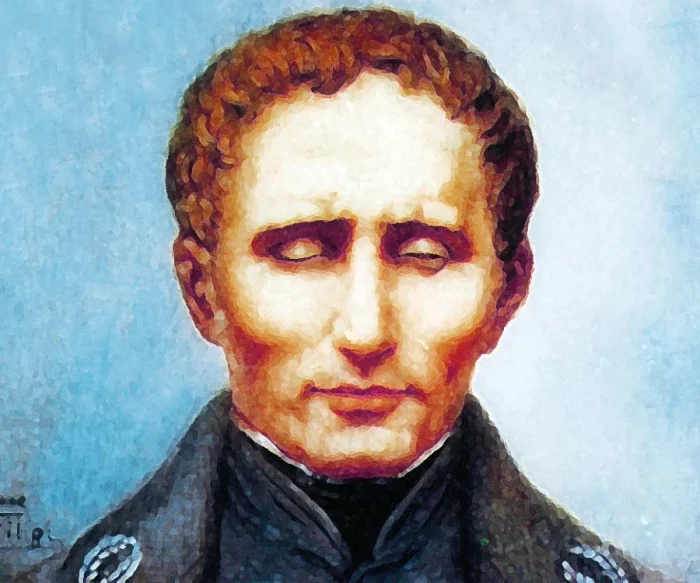
How Catholics Helped Build Western Civilization
Nestled in the countryside twenty miles east of Paris, the Braille family lived a comfortable life. Simon-Rene, father of four young children, was a good provider, operating a leather shop on his land.
One day his three-year-old son, Louis, wandered into the workshop to play. He picked up a sharp awl and tried to make holes in the leather, leaning close to the surface. Louis pressed hard on the awl and stabbed himself in one eye. Despite medical interventions, nothing could be done to save the eye. A serious infection set in and spread to his other eye.
At such a tender age, Louis did not realize that he was blind. He asked his mother an innocent question. “Why is it always dark?”
Undaunted by the tragedy, the Braille family raised him just as they did his siblings. Simon-Rene carved canes for him and the boy learned to navigate the village.
To all who knew Louis, it was obvious that he was hard-working and intelligent. Eventually, he attended the Royal Institute for Blind Youth in Paris. The school’s founder Valentin Hauy, created children’s books by embossing heavy paper with Latin letters, thus providing a tactile way for blind children to read. The few books were laborious to make and heavy for the children to use. Louis was determined to improve the cumbersome Hauy method.
In 1821, he learned of the communication system invented by Charles Barbier using small, raised dots. Barbier’s invention inspired Louis. Determined to improve on the system, Louis used a soldering tool to emboss small letters on a metal slate. By the time Louis was 15, he had invented the basics of an efficient system of communication used by those who were blind.
The popularity of Louis’s system grew slowly at first. By the year 1932, the universal braille code was used world-wide.

We get a glimpse at the genius of Louis Braille, a devout Catholic, through his writings. He wrote these words. “God pleased to hold before my eyes the dazzling splendors of eternal hope. After that, doesn’t it seem that nothing more could keep me bound to earth?”
Two hundred years later, Braille technology is still used through use of computers. RoboBraille is an email delivery system. Nemeth Braille encodes mathematical and scientific notation.
The far-reaching vision of Louis Braille is honored throughout the world. Memorials and statues can be found outside his native France. Postage stamps bear his image. In 1992, an asteroid (9969 Braille) was named after him. Encyclopedia Britannica named him among “The 100 Most Influential Inventors of All Time.”
World Braille Day is celebrated every year on Louis’ birthday, January 4.
